

In March 2018, basketball star Kevin Love penned a column for The Players’ Tribune discussing his experiences with anxiety. “Everyone is going through something that we can’t see,” he wrote. “Mental health is an invisible thing, but it touches all of us at some point or another.”
Love was the latest professional basketball player to add his voice to a growing conversation about mental health challenges. And a year later, the NBA partnered with Reingold to build on that conversation by producing a Wellness Playbook for players and other personnel in the NBA, the WNBA, and the NBA G League.
The goal: Create an authentic, engaging resource that provided evidence-based wellness and mental health tips. That meant applying Reingold’s experience in the mental health space to a specific audience: elite athletes in the public eye.
Together with the NBA, Reingold produced a highly visual, 51-page Wellness Playbook comprising wellness tips and exercises, self-assessments, and other mental health resources.
To date, the playbook has been distributed to all teams within the NBA and NBA G League, reaching hundreds of players, clinicians, and other personnel. A third version — tailored to players in the WNBA — is in the works.

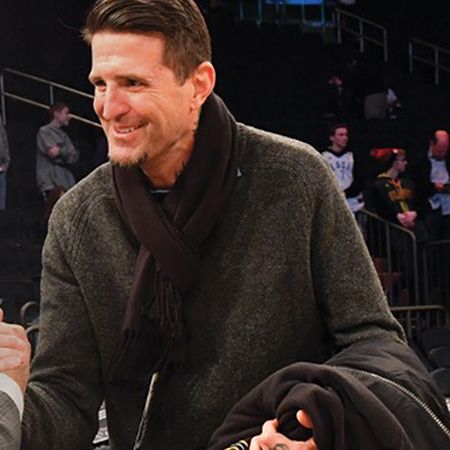
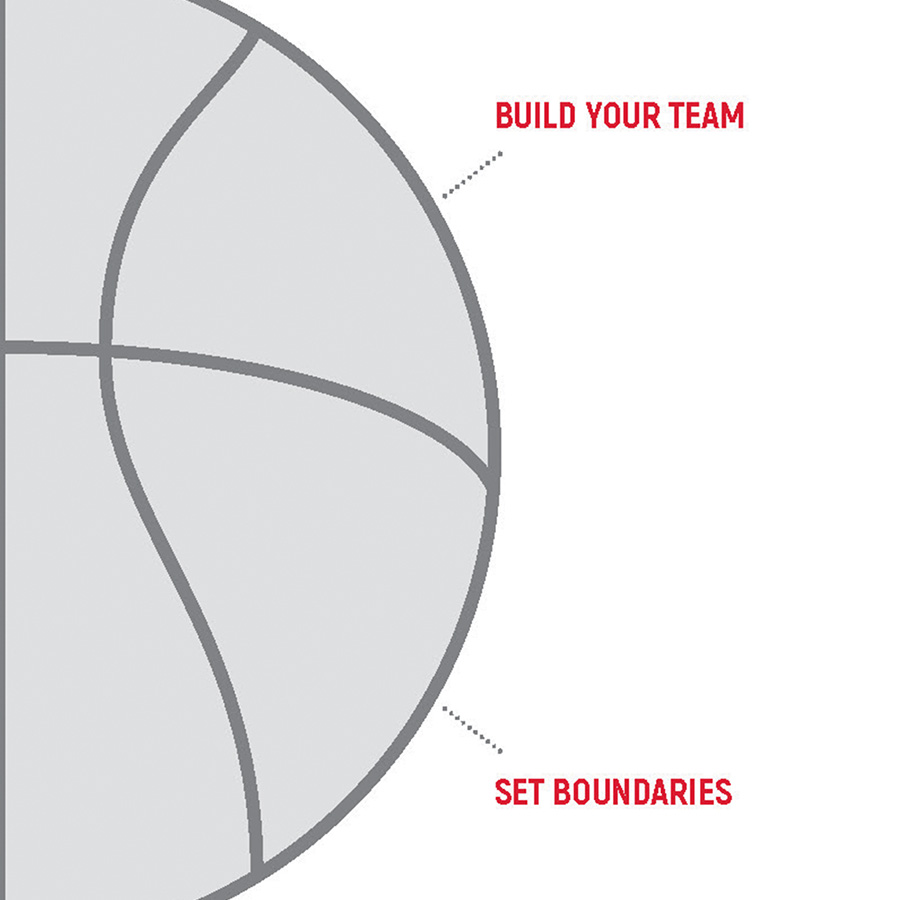
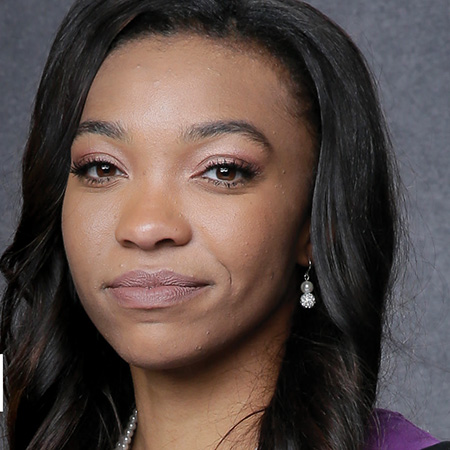
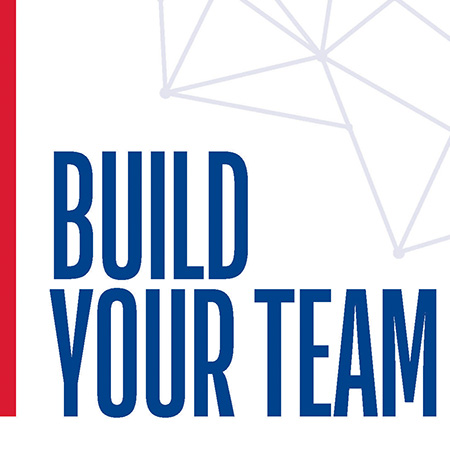
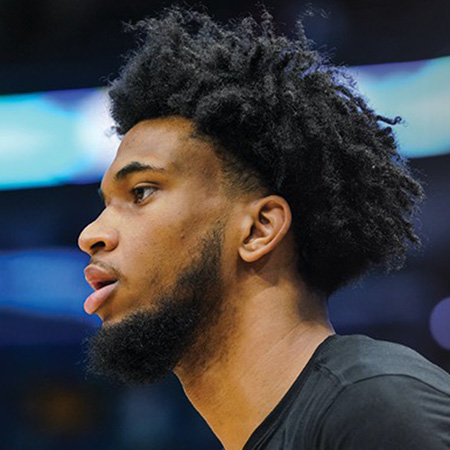
For the playbook to be effective, it had to speak authentically to a professional basketball player’s daily life and experiences.
We held informational interviews with NBA officials to better understand how mental health challenges may present themselves. Then, keeping in mind that elite athletes are in tune with their bodies — what they eat, how they train, how they recover — we framed the playbook around the concept of prioritizing your mental well-being in much the same way you train physically.
The playbook featured six keys to wellness and presented skills (techniques) and drills (short exercises) for each. With each “key,” we illustrated how challenges may present themselves.
Reaching the highest levels of your sport doesn’t make anyone immune to mental health challenges.
Throughout the process of creating the playbook, we never lost sight of the fact that it was the players who started this conversation about mental health.
We sought to maintain that thread by laying out full-page, magazine-style photos and quotes of players. Attaching players’ faces and stories to the subject also helped in breaking down stigma, giving the playbook credibility, and laying the groundwork for a community of support.
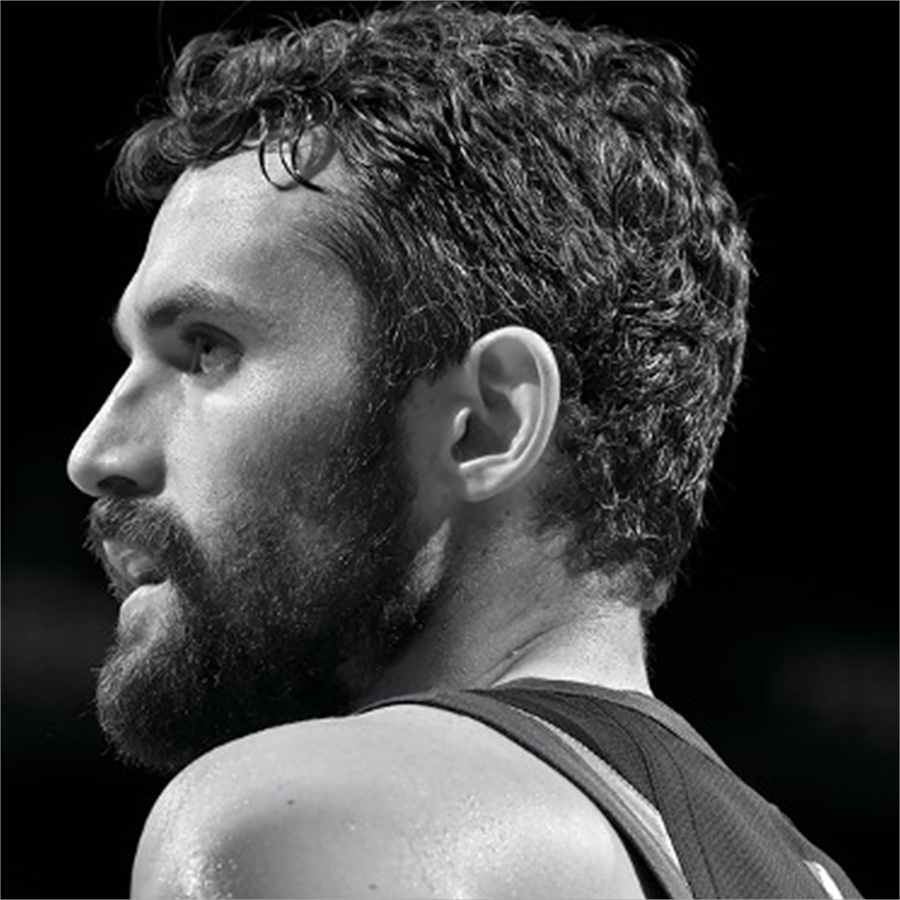
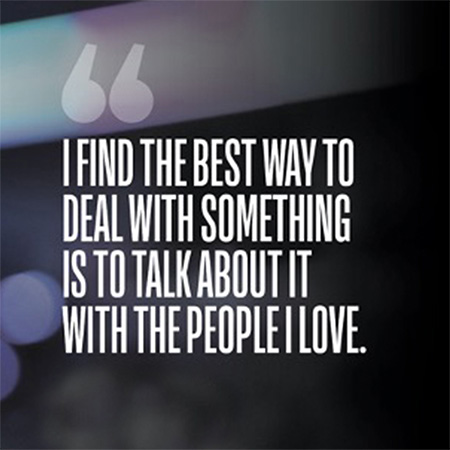
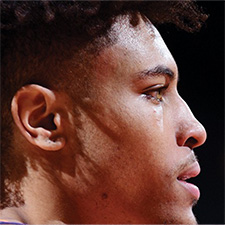


Just as we wanted to make sure the playbook’s content spoke authentically to NBA personnel, we also wanted to make sure its design was tailored to readers’ needs and expectations.
In this case, we wanted to make sure the resource was easy to understand and skim through, so that athletes could quickly find key information even if they had just a few spare minutes during a break in their schedules. In creating the playbook’s energetic, contemporary design, we incorporated white space, graphics, full-page photos, and bulleted lists.
We also worked to ensure that the iconography spoke the language of players — using recognizable symbols and the NBA color scheme — to align the concepts of mental well-being and a balanced lifestyle.
